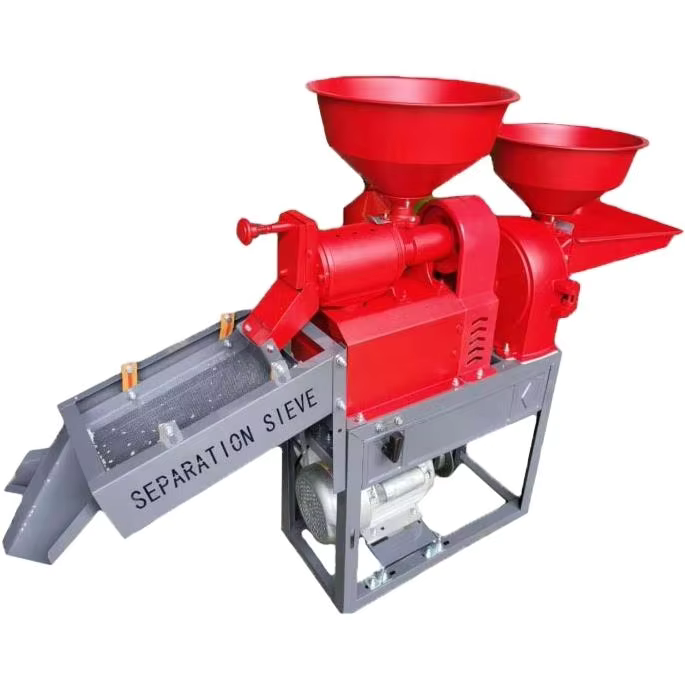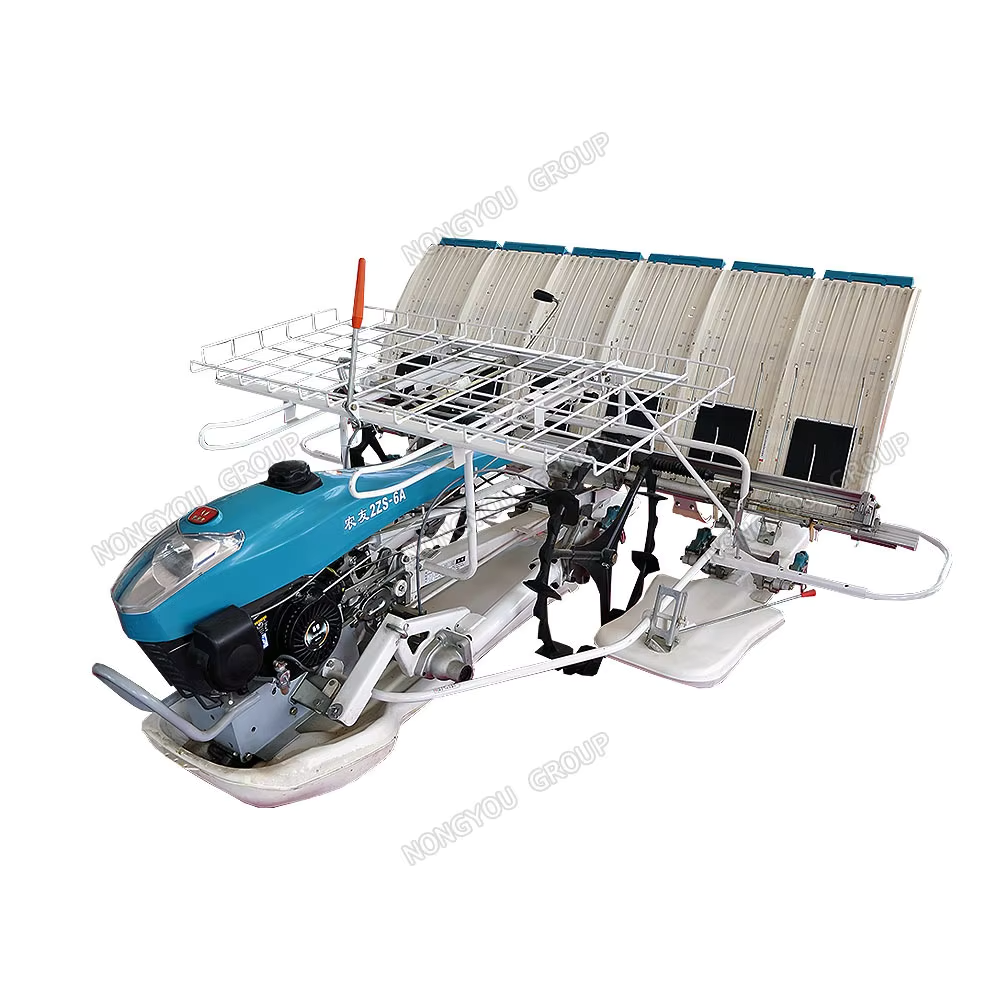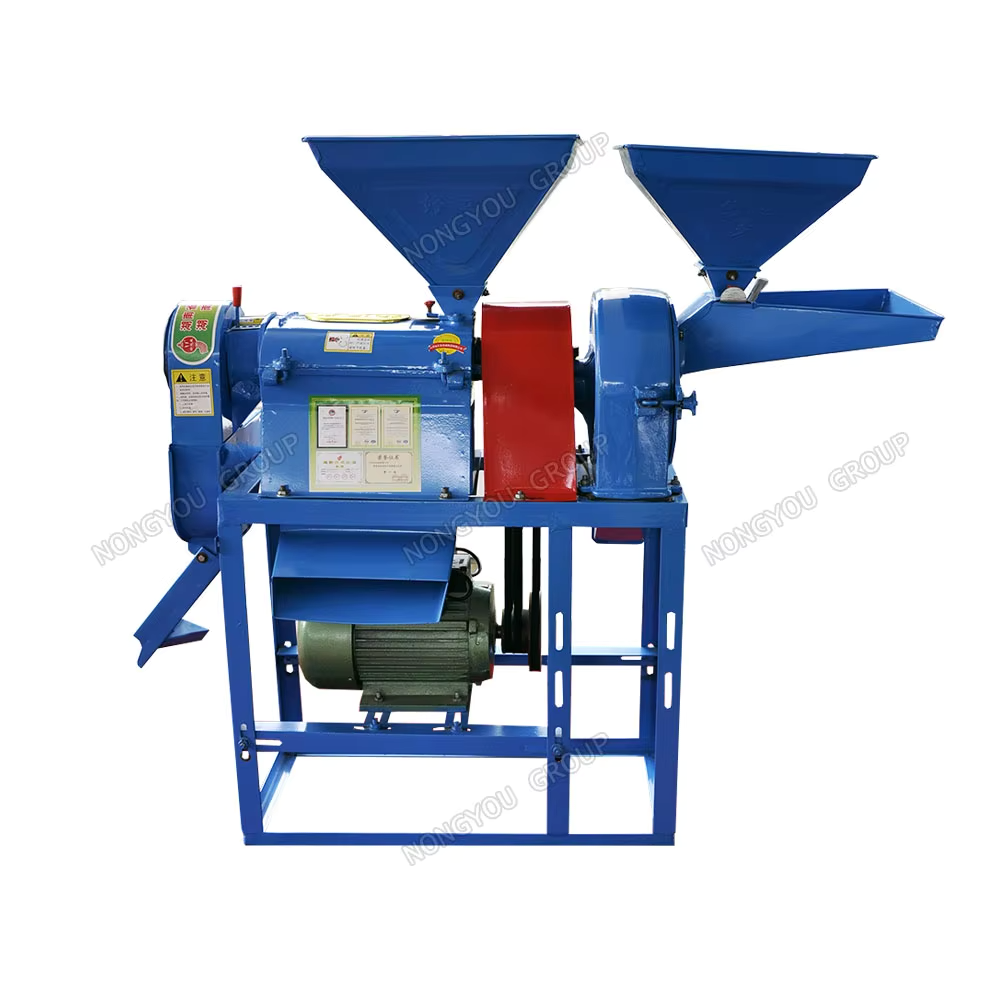combine harvester use
A combine harvester represents a revolutionary advancement in agricultural technology, combining multiple harvesting operations into a single efficient machine. This sophisticated piece of equipment performs three essential functions: reaping, threshing, and winnowing crops in one seamless process. Modern combine harvesters feature cutting-edge technology, including GPS guidance systems, yield monitoring capabilities, and automated adjustments for various crop types. The machine's front header cuts the crop and feeds it into the threshing system, where grain is separated from stalks and chaff. Advanced sensors continuously monitor the harvesting process, ensuring optimal performance and minimal grain loss. These machines can handle various crops, including wheat, corn, soybeans, and rice, making them versatile tools for modern farming operations. The operator's cabin is equipped with modern comfort features and digital displays that provide real-time information about harvest conditions, machine performance, and crop yield data. The integration of precision farming technology allows for accurate tracking of harvested areas and yield mapping, contributing to more informed decision-making for future farming seasons.


